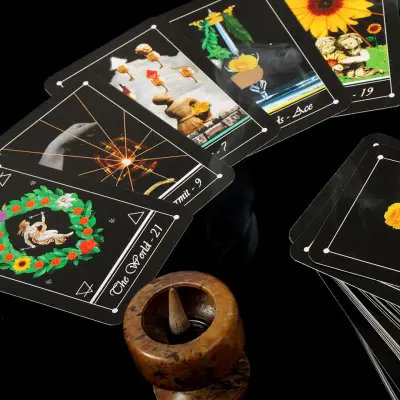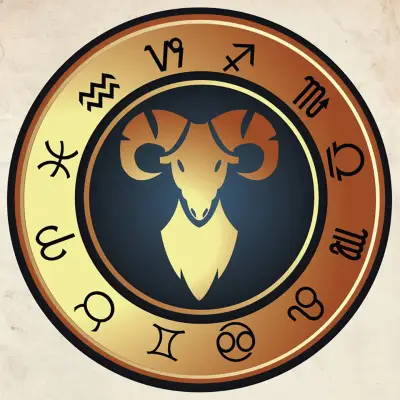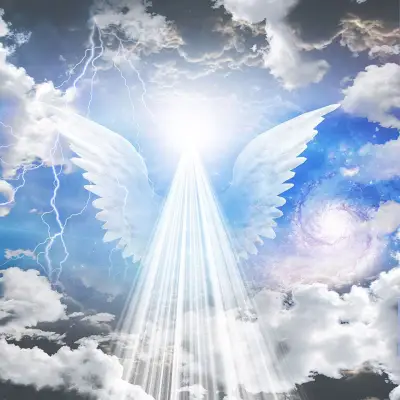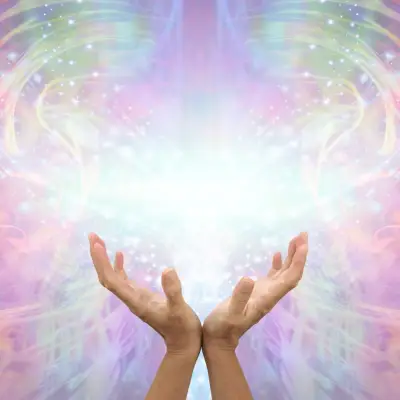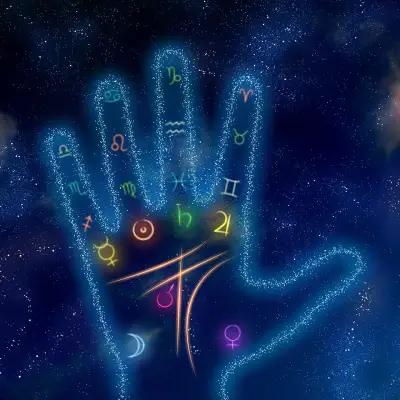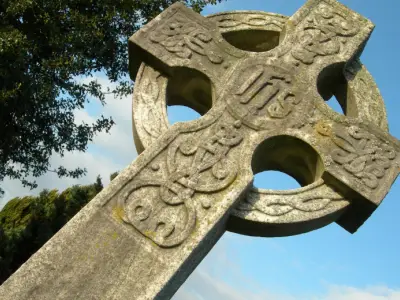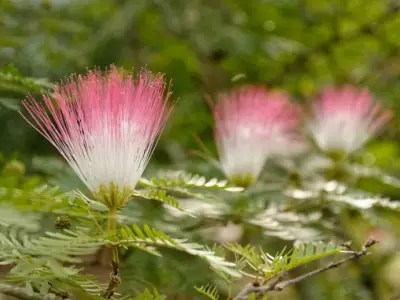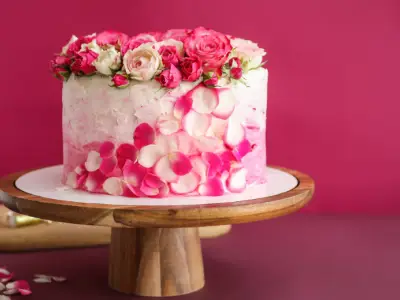The holiday season brings warmth, celebration, and cherished traditions, but if you’ve ever wondered where many of our modern customs come from, you’re about to find out. Yule, one of the most prominent Pagan holidays, holds a significant place in the story of how we celebrate this festive time of year. Let’s explore Yule, its fascinating rituals, and the ways it has shaped Christmas as we know it.
Jump to:
- What is Yule?
- How Long Does Yule Last?
- The Pagan Celebration of Winter Solstice
- Pagan Rituals for Yule
- The Yule Log Tradition
- Yule Trees and Decorations
- Pagan Yule Decorations and Gift Ideas
- The Connection Between Yule and Christmas
- How to Celebrate Yule
- Modern Celebrations and Songs for Solstice
- Frequently Asked Questions About Yule
- Study Paganism for £29
Recommended for you!
Best SellersWhat is Yule?
Yule, celebrated on the winter solstice, is a Pagan festival that marks the rebirth of the sun and the gradual return of light. It typically falls around December 21st or 22nd, depending on the year, making it one of the most important winter solstice Pagan holidays. The word “Yule” comes from the Old Norse “jól,” and the festival has deep roots in Norse and Celtic traditions. The essence of Yule is all about welcoming the sun back and celebrating the life-giving warmth it brings.
How Long Does Yule Last?
Traditionally, Yule lasted for 12 days, beginning on the solstice and continuing into early January. This period was filled with various rituals and celebrations, which might sound familiar to those who know the Christian tradition of the 12 Days of Christmas.
The Pagan Celebration of Winter Solstice
For ancient Pagan cultures, the winter solstice was a turning point. The longest night of the year was followed by the hope of longer days, and this change was nothing short of magical. Rituals for Yule often involved fire, symbolising the light’s return. Bonfires, candles, and the beloved Yule log were all part of the celebrations, with each flame representing a prayer or wish for the coming year.
Pagan Rituals for Yule
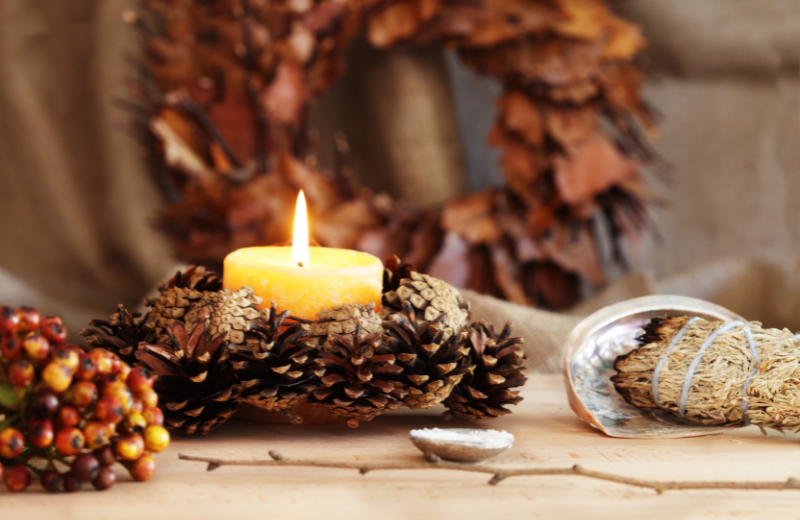
Yule is a time of celebration, but also a time for introspection and ritual. Pagans mark this period with various practices that honour nature, family, and the spirits of ancestors. Here are some common Yule rituals:
- Creating an Altar: Many Pagans set up a Yule altar with items like candles, evergreen branches, and symbols of the sun. These altars become a place to meditate, give thanks, and reflect on the year past and the year to come.
- Performing Fire Rituals: Fire is a central element in Yule celebrations. Lighting candles and performing rituals involving flames are ways to invite light back into the world and into your life.
- Honouring the Ancestors: Yule is also a time to connect with those who came before. Pagans may leave offerings of food or small gifts to honour the spirits of loved ones and seek their guidance for the year ahead.
The Yule Log Tradition
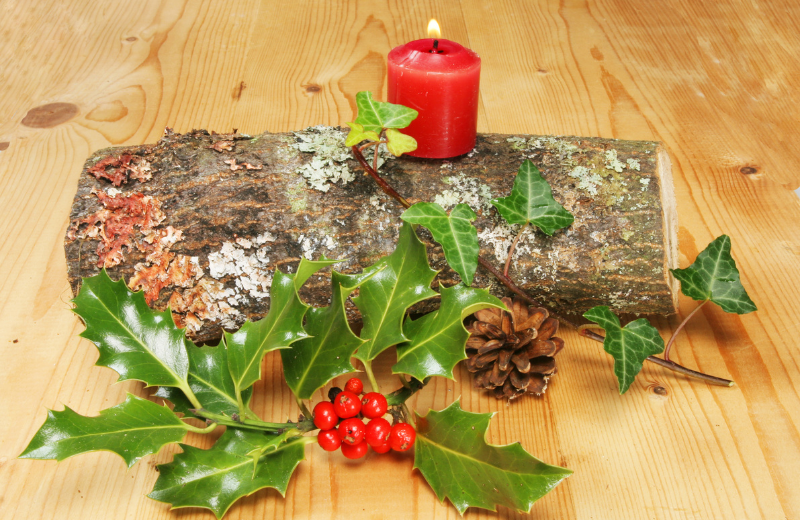
The origins of the Yule log are steeped in history. In ancient times, a large log was carefully selected, decorated with evergreen branches, and burnt in the hearth. The burning of Yule logs was thought to drive away evil spirits, bring good luck, and honour the return of the sun. Each spark from the Yule log symbolised a blessing, while the ashes were collected and used for their protective properties throughout the year.
Is the Yule Log Pagan?
The Yule log has clear Pagan roots. Its presence in modern festivities, such as the decorative Yule log cakes seen at Christmas, pays homage to these ancient rituals. The act of burning the Yule log, or even placing a beautifully adorned log as a centrepiece, is a practice that continues to connect us to the past.
What Wood is Used for a Yule Log?
Oak is the traditional choice for the Yule log, though ash and pine have also been used. The significance of oak lies in its sacred connection to the sun god in many Pagan traditions. The Yule log meaning goes beyond the wood itself; it embodies warmth, renewal, and protection.
Yule Trees and Decorations
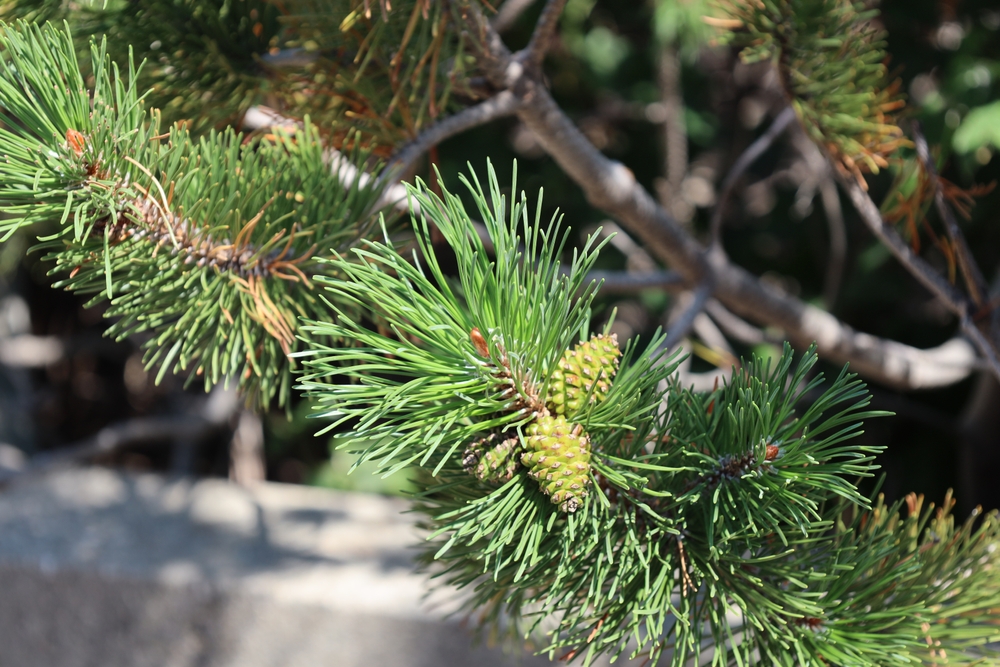
Many Yule decorations share striking similarities with those we use to decorate for Christmas. Evergreen boughs, holly, mistletoe, and Yule trees were all used by Pagans to symbolise eternal life and the enduring spirit of nature during the barren winter months. The Yule tree, decorated with solar symbols, fruits, and candles, was a way to honour the earth’s cycles and the hope of renewal.
Pagan Christmas Tree Decorations
The custom of adorning trees with ornaments and lights has a clear link to Pagan traditions. Decorations like sun wheels, stars, and natural elements like pinecones and berries reflect the connection to nature and the reverence for the changing seasons.
Pagan Yule Decorations and Gift Ideas
Decorating for Yule can be a joyful and spiritual experience. Use natural elements like pine branches, acorns, and cinnamon sticks to bring the outdoors in. Yule decorations often include symbols of the sun, like gold ribbons and oranges spiked with cloves, to represent warmth and abundance.
Adorn your space with handmade wreaths, sun wheels, and Yule tree decorations to celebrate the season’s magic. If you’re looking for unique gifts for Pagans, consider items like crystals, handmade candles, or books on Paganism and nature spirituality.
The Connection Between Yule and Christmas
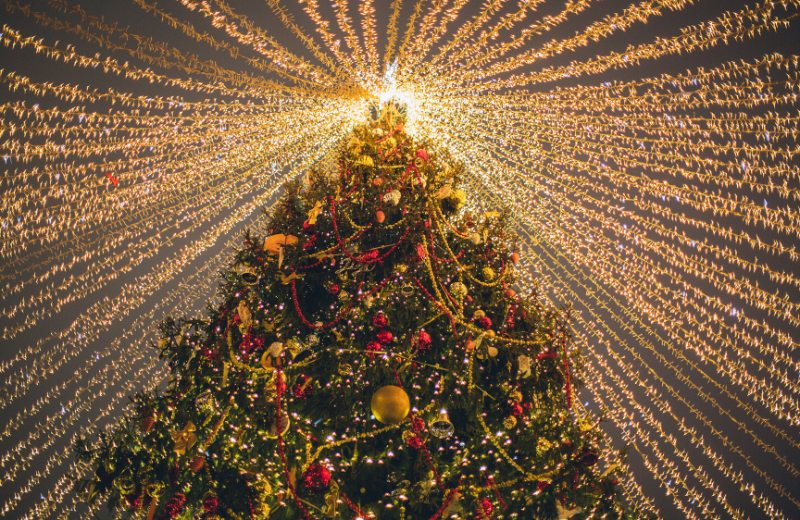
The influence of Pagan Yule traditions on Christmas is undeniable. Many customs, from decorating a tree to hanging mistletoe, have their roots in Pagan winter solstice celebrations. Even the concept of gift-giving was inspired by the ancient practice of exchanging Yule gifts to spread joy and prosperity.
Pagan Origin of Christmas
As Christianity spread, early church leaders recognised the enduring appeal of Yule and incorporated some of its traditions into the celebration of Christmas. This blending of customs was a way to ease the transition and appeal to Pagan converts. For example, the Christmas tree, the festive wreath, and even the idea of a jolly, gift-bringing figure have ties to Pagan beliefs.
Is Christmas Religious or Pagan?
While Christmas is a religious holiday for many, it’s also deeply intertwined with Pagan roots. The festive elements we enjoy today are a mixture of Christian and Pagan customs, making it a unique and inclusive celebration.
How to Celebrate Yule
Simple acts like lighting a candle, making evergreen wreaths, or enjoying a hearty feast with loved ones are all meaningful ways to practise Yule. Even playing traditional winter solstice songs or Wiccan music can create a magical atmosphere.
Modern Celebrations and Songs for Solstice
Yuletide celebrations today often blend the old and the new. Many people enjoy winter solstice songs and Pagan music that evoke the themes of Yule, honouring both the darkness and the return of the light. Wiccan music, traditional carols, and even modern songs with solstice themes create an atmosphere of reverence and joy.
Recommended for you!
Best SellersFrequently Asked Questions About Yule
What are the 12 Days of Pagan Yule?
The 12 days of Yule begin on the winter solstice and last into early January. Each day is associated with specific rituals and celebrations, focusing on themes like reflection, gratitude, and the honouring of ancestors. This tradition later inspired the Christian 12 Days of Christmas.
Why Do Pagans Burn a Yule Log?
The Yule log is burned as a ritual to welcome back the sun, symbolising light, warmth, and protection from evil spirits. The tradition also involves making wishes for the coming year, and the ashes from the log are often kept for good luck.
What is the Difference Between Yule and the Winter Solstice?
The winter solstice is an astronomical event marking the shortest day and longest night of the year. Yule, on the other hand, is a Pagan celebration that honours this event and includes a series of rituals and traditions centred around the rebirth of the sun and the return of longer days.
What is the Myth of Yule?
The myth of Yule is often linked to the battle between the Oak King and the Holly King. According to Pagan lore, the Oak King, representing the light half of the year, defeats the Holly King, who rules over the dark half. This victory symbolises the return of light and warmth.
What is the Celtic Version of Yule?
The Celtic version of Yule, also tied to the winter solstice, includes traditions like honouring the Great Mother and the Horned God, as well as lighting bonfires and holding feasts to celebrate the rebirth of the sun. Celtic Pagans often performed rituals in sacred groves, emphasising their connection to the earth.
Are Saturnalia and Yule the Same Thing?
While both Saturnalia and Yule are winter solstice celebrations, they come from different cultures. Saturnalia was an ancient Roman festival honouring Saturn, marked by feasting, gift-giving, and the reversal of social roles. Yule, however, has Norse and Germanic roots and focuses on themes of rebirth, nature, and the return of light.
What is an Interesting Fact About Yule?
An interesting fact about Yule is that many of its symbols, like the Yule log, evergreen decorations, and even carolling, have influenced modern Christmas traditions. The idea of a midwinter feast to celebrate community and hope has endured for centuries, connecting past and present celebrations.
Study Paganism for £29
If you’re eager to explore more about Yule, Pagan traditions, and the spiritual celebrations of the winter solstice, consider enrolling in the Paganism Diploma Course with Centre of Excellence. At just £29, it’s a wonderful way to deepen your understanding and embrace the wisdom of ancient practices

